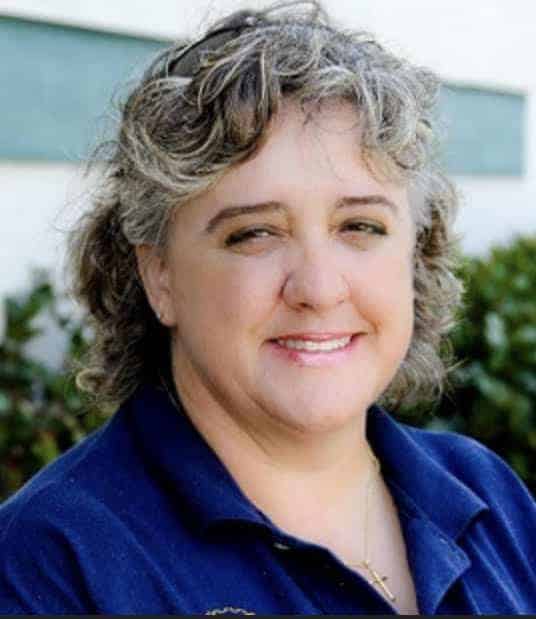The Limited Use of LiDAR
By Pam Oakes, MACS Board Secretary – Published on 7/8/2025
LiDAR: It mapped the Moon in the early 1970s. Now under one percent of vehicles driving on U.S. roadways are equipped with this “limited function” advanced driver assist system (ADAS) element, across 21 different vehicle models (Utah State University, 2023). Its formal title, light detection and ranging, is not used to its full potential.
The limited use of LiDAR found in U.S. vehicles can be credited to several factors, including exorbitant costs, regulatory considerations, and the current focus by manufacturers on other ADAS sensors such as cameras and RADAR. It is anticipated that LiDAR will move more and more into the forefront as costs diminish and technology becomes more refined.
At LiDAR’s base is a laser beam to measure distances, recognize objects, and create a three-dimensional (3D) map of the vehicle’s surroundings. Unfortunately, inclement weather such as snowfall, rain and fog limit its potential as the software/hardware is restricted based on development at this time.
Manufactures are utilizing LiDAR in conjunction with other machine learning applications for adaptive cruise control, automatic emergency braking, and lane departure – to name a few (Figure 1). It’s all about capturing as much information as possible within the shortest period, variable velocity.
Then, we have the more recent introduction of SEDAR (spectrum enhanced detection and ranging) to luxury cars and light trucks. Unlike LiDAR, SEDAR utilizes a short-wave infrared (SWIR) sensor for two-dimensional imaging and three-dimensional mapping in low to almost no light conditions. And production costs are much lower than the traditional expense of automotive LiDAR.
In the past, LiDAR’s physical sensors were bulky – let alone the expense. But as technology advances and ADAS sensors improve, more and more vehicles will be equipped to enhance sensor fusion safety, and more accurate mapping of roadways – recognizing the dangers and safe-travel pathways and subsequent environments – driving towards Level 5 autonomy.


About the author: Pam Oakes is the Board of Directors Secretary at MACS. Pam provides automotive training at all levels, including train-the-trainer, professional technicians, and scholastic programs, with over 20 years of hands-on experience running a 12-bay shop in Florida. She has been a MACS Section 609 proctor since 2016 with additional expertise including ADAS calibration, fleet training, and technical curriculum development for major corporations. You can reach Pam at poakes@macsmobileairclimate.org.
Learn More
MACS Action Magazine – MAY/JUN 2025 Issue
Questions
Have any questions or comments? Leave a message in the comments below or send us an email! info@macsmobileairclimate.org or call the office at (215) 631-7020.
Leave a Reply